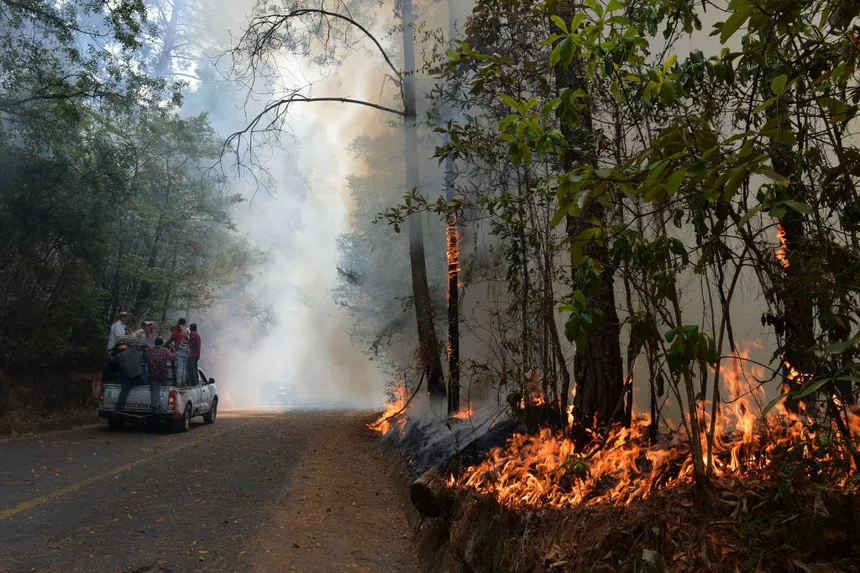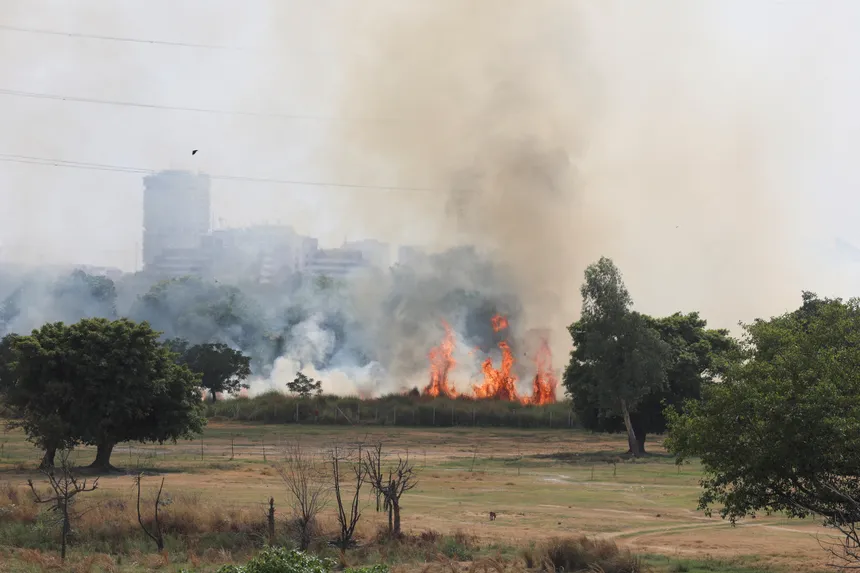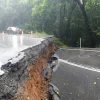As a slow-moving atmospheric disturbance, Potential Tropical Cyclone One, lingered off the Texas coast, meteorologists warned of powerful winds, heavy rain, and flood threats across the southern US, Mexico, and Central America. The storm, soon to be named Tropical Storm Alberto, was already affecting southern Texas with storm-force winds extending over 400 miles from its center.
Despite the unusual weather patterns plaguing the country, from intense heat in the northeastern states and northern Midwest to epic rainfall in Miami, a winter storm warning in Montana, and wildfires in New Mexico and California, the tropical system was forecast to bring intense downpours to southern Louisiana and central and southern Texas. The National Weather Service cautioned that, although the system was becoming better defined, it still failed to meet the requirements of a tropical cyclone.
Bill Nye, the renowned “science guy,” told CNN that the extreme weather events served as a stark reminder that humanity must curb its use of fossil fuels and reduce the amount of carbon dioxide and methane released into the atmosphere, citing new research that suggests there is no tipping point or point of no return, only a steady deterioration of the climate.

As the continental heatwave intensified in the north-east, temperatures were expected to soar to 95F in Detroit and 92F in Buffalo, significantly higher than the average temperatures for this time of year. Philadelphia was forecast to remain above 90F for the next week, while Pittsburgh recorded a scorching 94F temperature on Tuesday.
The National Weather Service issued its first-ever excessive heat warning for Caribou, Maine, warning of “dangerously hot conditions” with heat index values up to 106F expected. In New Mexico, the village of Ruidoso was evacuated due to wildfires, with approximately 1,400 structures destroyed. The South Fork fire had burned across 15,276 acres and was 0% contained as of early Tuesday.
Residents of Ruidoso, including 79-year-old Kay Bymark, recounted the devastation, describing the fire’s rapid spread and the thick smoke that filled the air. Forecasters predicted that spotty thunderstorms could bring relief to the region. As the extreme weather stretched from coast to coast, more than 80 million people found themselves under heat alerts, according to the National Weather Service.
As the nation struggles to cope with this unprecedented weather, experts emphasize the urgent need for swift action to address the root causes of climate change. The relentless heat and storms serve as a stark reminder that the consequences of inaction will only continue to worsen unless drastic measures are taken to reduce humanity’s carbon footprint.

